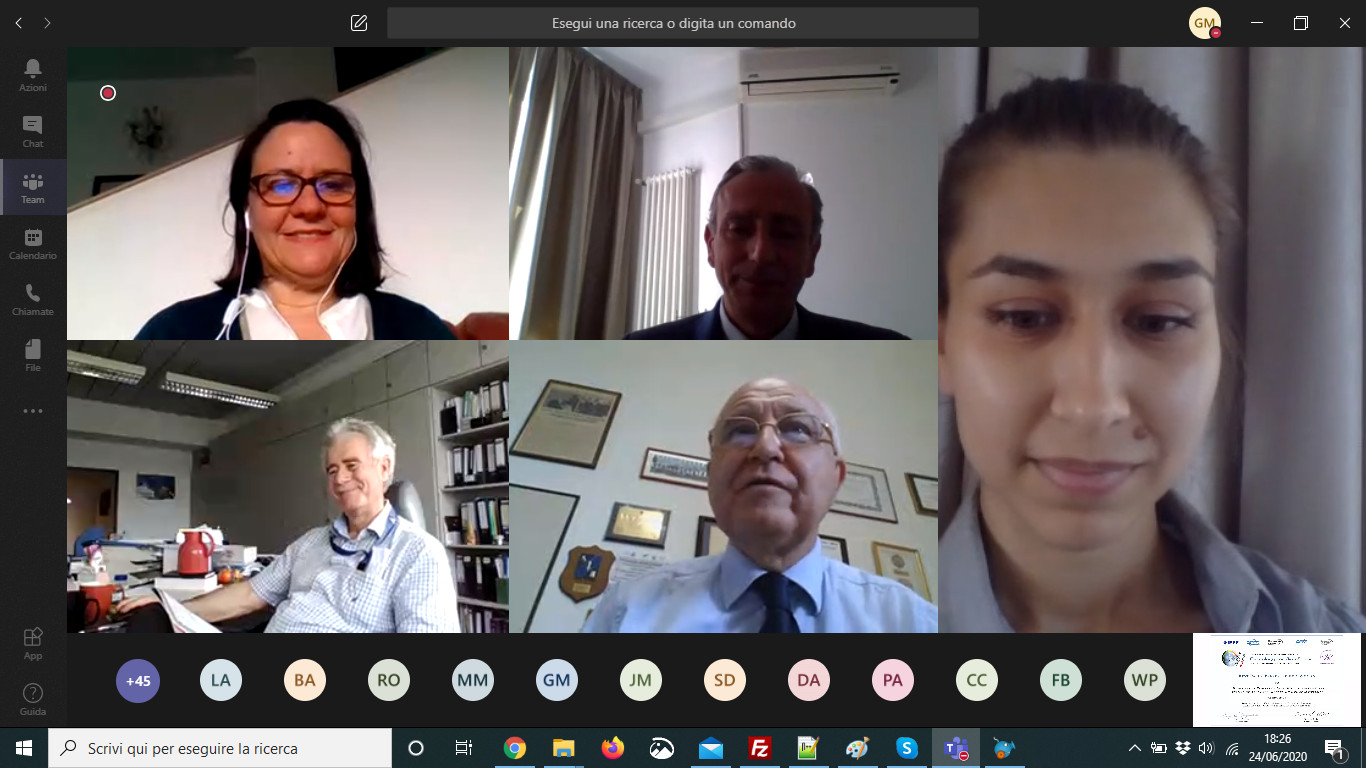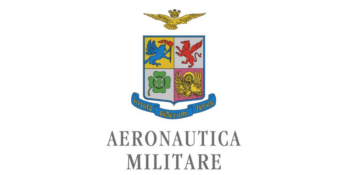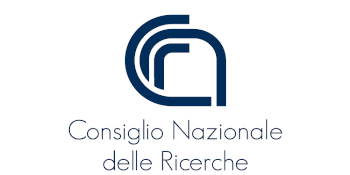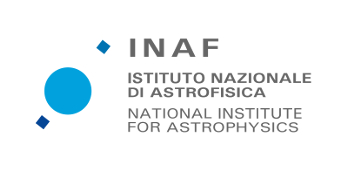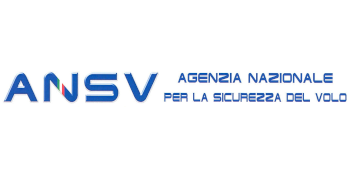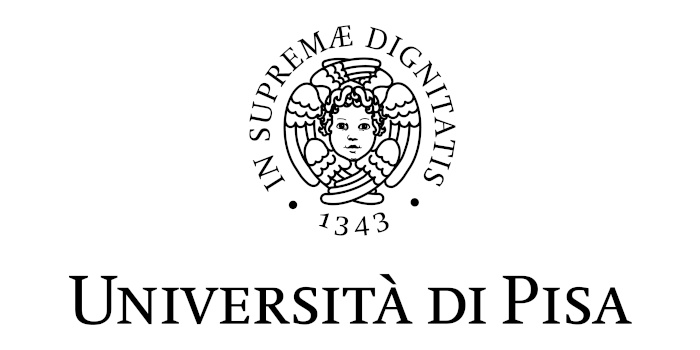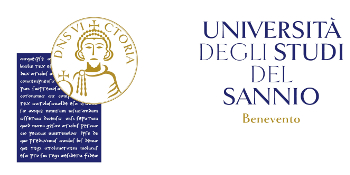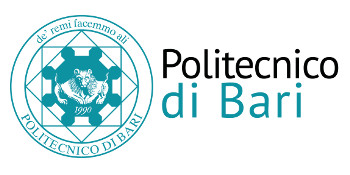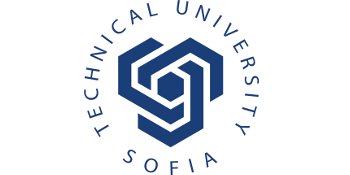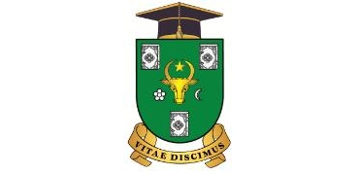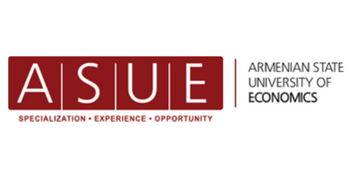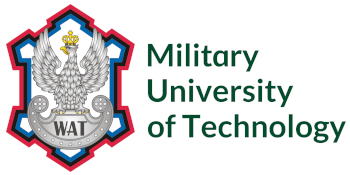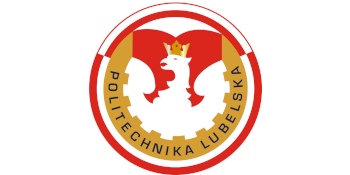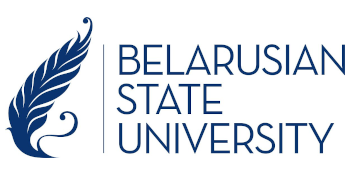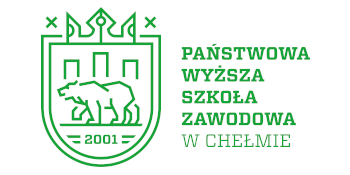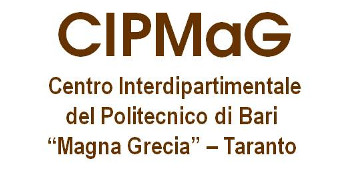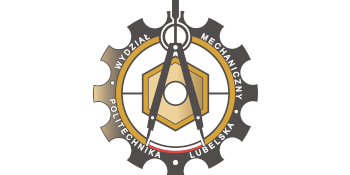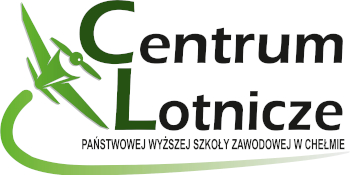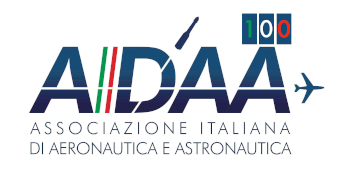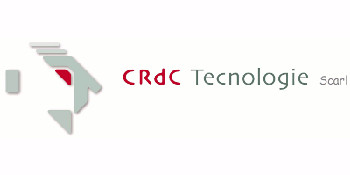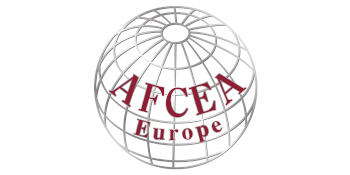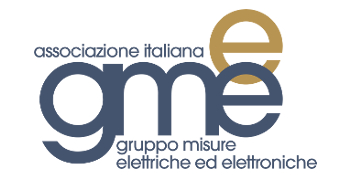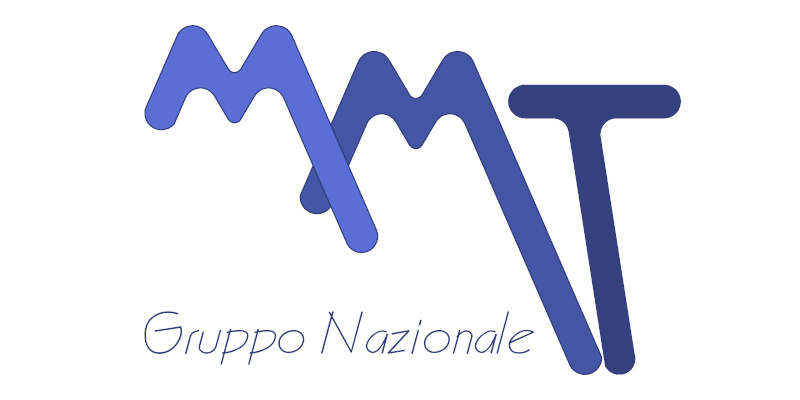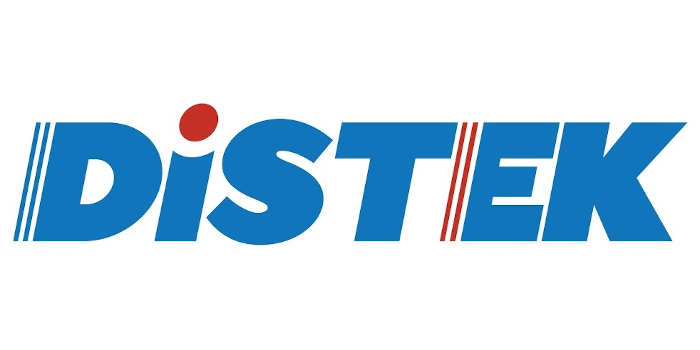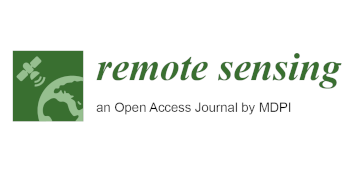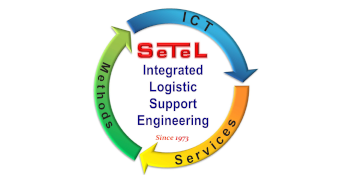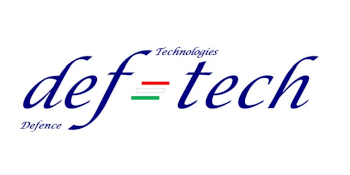MetroAeroSpace 2020 will be hosting a series of tutorials in the area of instrumentation and measurement for aerospace, and proposals are invited from industrial and research community.
Session 1 - Infrared thermography in the aerospace sector
Carosena Meola
University of Naples 'Federico II', Italy
Dipartimento di Ingegneria Industriale - Sezione Aerospaziale
Goal and Objectives
Infrared thermography, as a remote and non-contact measurement methodology, is extremely useful in all applications where temperature is an important parameter also for the purpose of understanding related phenomena. Often those who could reap the benefits do not know of its existence or are not adequately informed about its applications. Therefore, providing the basics (what is, for what it can be used, where it can be applied) can serve to convey, in the world of research and / or industry, the information necessary for a more suitable use of technology.
Topic relevance and novelty
Infrared thermography is a fully noncontact noninvasive methodology which can be usefully exploited in many different applications. It is an excellent condition monitoring tool to assist in the reduction of maintenance costs on mechanical equipment. In fact, it allows for monitoring of temperature and thermal patterns, on a wide variety of equipment (pumps, motors, bearings, pulleys, fans, drives, conveyors etc.), while the equipment is running under full load reducing stop costs. Mostly important, the inspection can be performed far away from any dangerous condition without any safety at work concern.
The attention of the tutorial is particularly driven towards the use of infrared thermography with a twofold function of non-destructive technique and monitoring device. It is shown that infrared thermography can be used to detect either manufacturing defects, like fibres misalignment, voids, slag inclusions, or impact damage and/or degradation in service of composites but also for on-line monitoring of materials and structures under mechanical stresses (bending, impact). Considering as an example the monitoring of a material under impact, it is possible, through visualization of impact-induced thermal signatures, to get information which are useful for the material characterization, specifically for identifying initiation and propagation of the impact damage, to assess the extension of the impact damaged area, etc. for design purposes. This approach allows for rapid on-line appraisal avoiding the waste of time in back and forth testing attempts, which is common practice in industrial enterprise to assess the performance under impact of new materials.
Scope
The scope is to supply in a simple manner some general basics and to show some results of applications. Efforts will be to make the matter easy to understand, even for non-experts. Therefore, the mathematical part is minimized, trying to be essential without boring the audience with unnecessary digressions. The attention is mostly devoted to the usefulness of infrared thermography coupled with heat transfer mechanisms to gain information about thermo-fluid-dynamic phenomena, existence and location of faults in a device, conditions of a structure, presence of defects within a material, etc. It is worth noting that the infrared system returns an image, in color or in shades of gray, which can be nice to see but image post-processing is required to discover and understand hidden related phenomena.
Short Biography
Dr. Carosena Meola, aeronautical engineer, is senior research staff member at the Department of Industrial Engineering /Aerospace Division - University of Naples Federico II. Level III in infrared thermography and licensed instructor for personnel training and certification. Member of UNI, CEN and ISO Technical Committees. Member of the Editorial Board of many International Journals and of the Scientific Committee of International Conferences. Chair of Conference sessions, Editor of books and Guest Editor of Journal special issues. Author and co-author of about 200 papers in well recognized journals, books and proceedings. Referee of about 50 International Journals and of research projects.
Session 2 - Introduction to the ‘Conceptional design of space science imagers’
Harald Michaelis
DLR, Institute of Planetary Research - Germany
Goal and Objectives
Imaging instruments play an important role in science and in scientific space missions. They are used for detection, characterization and study of remote objects e.g. planets, their moons, small bodies of our solar system and beyond.
However, many researchers and engineers have only a very limited understanding about the architecture, the key-parameters, design-options and their impact on performance and implementation. Therefore, this short tutorial will provide some insight into the basics of imaging systems with emphasis to VIS/NIR scientific cameras.
Topic relevance and novelty
NASA and ESA are conducting and planning scientific space missions to explore our space environment. The goal is to understand the formation of our own solar system as well as solar systems in general. We are exploring other planets, searching for pristine materials, organics, traces of life and planets around other stars. In this respect imaging instruments play an important role for the detection and scientific characterization. It is therefore needed that all involved scientists, engineers and managers have a good overview and understanding of the system architecture and parameters of an imaging system, their performance characteristics and drivers.
Scope
The scope is to provide some basic understanding about:
- The general architecture of imaging systems
- It will explain key parameters and how to calculate them (e.g. resolution, MTF, diffraction limits, sensitivity, noise)
- Explain some key components and their characteristics (optics, detectors, electronics)
- Some general design considerations, recommendations and examples
The tutorial is mainly dedicated to instrument scientists, (young) system engineers, project engineers and managers which are interested or involved in scientific imaging instrumentation.
Short Biography
Dr. Harald Michaelis, is Head of the department Planetary Sensor Systems at the DLR Institute of Planetary Research and his involvement in space missions comprises instrument development as well as scientific investigations for the exploration of Mars (PHOBOS), CASSINI-HUYGENS-DISR, NASA Pathfinder, ESA Mars Express Mission, ESA ExoMars Mission), Venus (ESA Venus Express Mission), Comets (ESA Rosetta Mission), DAWN- Framing Camera (NASA- mission), Hayabuas-2 (MASCOT), BepiColombo-BELA and numerous space instrument technology studies (PlanetMicroCam, GAIA- Focal-Plate Demonstrator, ROKVISS-ISS, Smart-Panoramic Sensor, AsteroidFinder).
His main expertises are in scientific instrument design, instrument modeling and detector-science. He was working at ESA in 2004/2005 and he is recently working on JUICE-JANUS + GALA and the PLATO Fast-CCD electronics at DLR.
Session 3 - Bayesian Data Analysis applied to Plasma measurements in electric thrusters
Manuel Martín Saravia
DICI-Università di Pisa
Goal and Objectives
The main goal of the tutorial is to present integrated data analysis methods based on Bayesian probability theory, together with an application to measurements of plasma properties in space electric thrusters.
- Introduce plasma diagnostic methods based on electrostatic probes, typically used in space electric propulsion research;
- Plasma fundamental parameters
- Types of ionic probes and measured properties
- Challenges in analysing data
- Present an introduction to Bayesian methods of data analysis under uncertain conditions:
- Parameter estimation and calibration
- Nuisance parameters
- Data fusion
- Application of Bayesian methods to the case of a Triple Langmuir Probe.
- Forward physical modelling
- Bayesian inversion of the model
- Probe mutual perturbation quantification
- Results
Topic relevance and novelty
Integrated data analysis (IDA) methods first became widely used in the frame of nuclear fusion research, thanks to the capacity to combine data from different origins, together with expert knowledge, in order to perform optimal inferences in the presence of uncertainty.
In the last few years, as a result of the growth in available computational power, IDA methodologies spread to aerospace and other fields, where it has showed its praise in the study of complex phenomena.
The present tutorial will introduce the topic and show an application to measurements and inference in the frame of space electric propulsion research. It is important to note that the applications of the presented concepts are not limited to the study of plasma devices, as these methodologies can be extended to other areas of interest of the aerospace community, as has been occurring in the last few years, with applications in aerodynamics, structural damage analysis and multidisciplinary design, among others.
Scope
Intermediate.
Understanding of the basis of probability theory is desirable, as well as fundamentals of electromagnetism.
Short Biography
Aeronautical Engineer graduated at the Universidad Nacional de Córdoba, Argentina.
Pursued a PhD on Electric Propulsion at Università di Pisa, on the topic of Alternative propellants for Hall thrusters.
Currently continues to work as a research scholar at the Università di Pisa in the area of plasma thrusters and alternative propellants.





